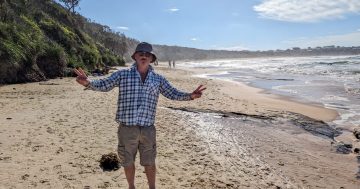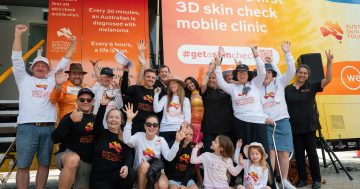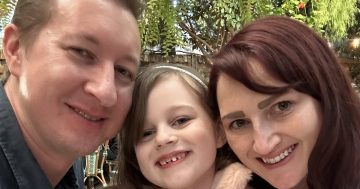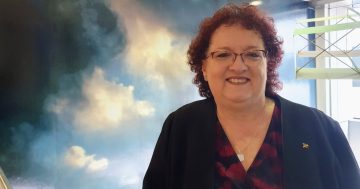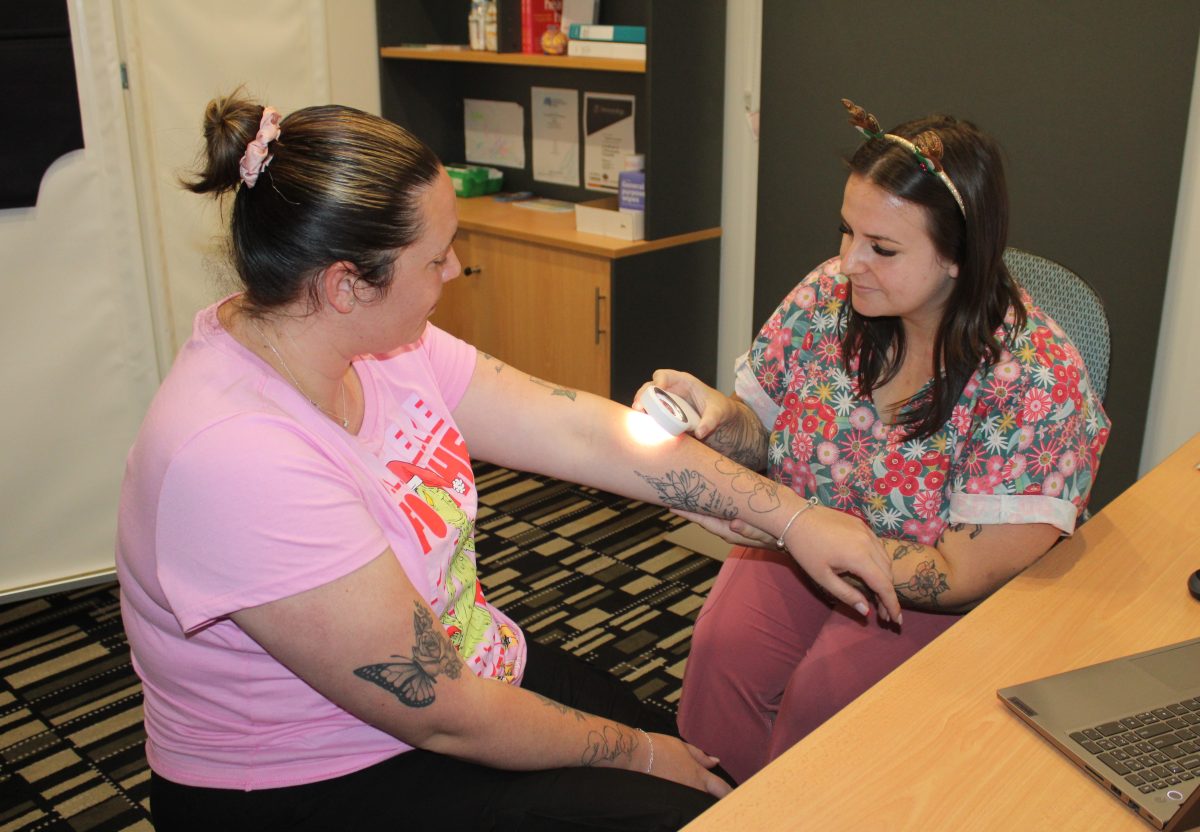
Dapto Healthcare Melanographer Nikketa Thompson checking Brooke Adams for skin cancer. Photos: Keeli Royle.
The saying ‘slip, slop, slap’ has echoed across Illawarra beaches, backyards and parks for the past four decades, but skin cancer rates in Australia are still among the highest in the world and an alarming amount of children are treated for sunburns in emergency departments across the state.
Health experts are urging the public to change their habits this summer and keep a close eye out for melanoma.
It’s a disease that kills around 2000 Australians every year, but for a long time many people didn’t start taking skin cancer seriously until it was too late.
It’s something Brooke Adams has recently come to prioritise, after years of displaying risk-taking behaviours in the sun.
“When I was younger I was burnt everyday because I thought it was pretty cool not to wear sunscreen and I lived across the road from the beach,” she said.
“Now that I’ve also got kids myself I’m trying to take care of myself a little bit better.
Brooke’s father has also had a number of skin cancers removed.
“He keeps saying if he didn’t get burnt when he was younger and then waited until now to get checked then he wouldn’t have it.”
Brooke is trying to teach her children the importance of sun safety while they’re young to ensure they pick up good habits.
“They’re not allowed to go anywhere if they don’t have sunscreen on, they’re not allowed at all,” she said.
“And they’ve got to be fully covered if they’re going swimming as well.”
Those changing attitudes between generations is something melanographer Nikketa Thompson from Dapto Healthcare’s Mole Map skin clinic has been witnessing first hand.
She says a more diverse range of people are now opting to get regularly checked for melanomas.
“I was very surprised that we do get a lot of young people from 21 to 35,” she said. “For me, when I was a teenager, sunscreen was not cool, and it was cool to be tan, so it’s really good to see that age bracket taking care of their skin and coming in.”
“We also do have that older demographic that come in for their annual skin checks and Mole Map is closer to home here in Dapto than a dermatologist and much cheaper and easier to get into.”
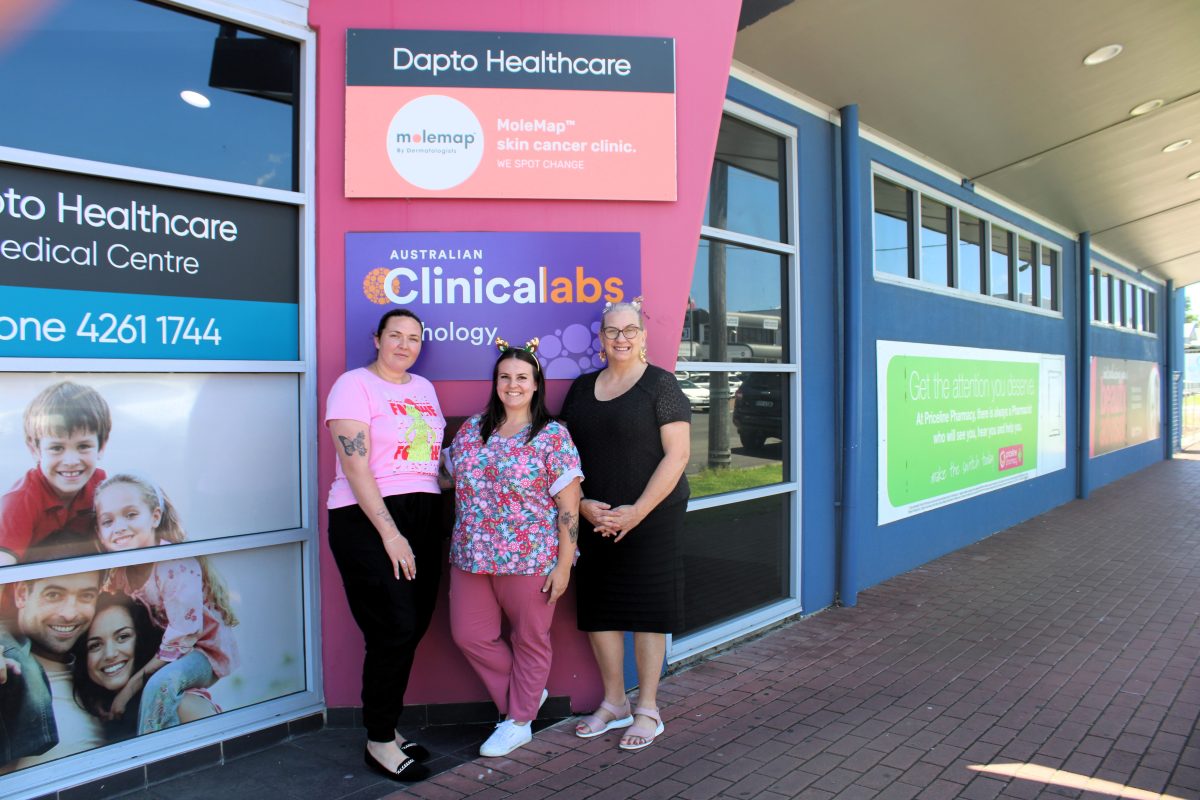
Dapto Healthcare hopes to offer more accessible and affordable skin care checks.
But despite this perceived improvement, many are still not getting the message.
According to recent government statistics, almost 5000 people have presented to an emergency department in NSW in the last 10 years, the majority aged between five and 24.
“It is pretty shocking to hear more than 800 people presented last financial year to our state’s EDs with sunburn, with the majority children and young people,” Health Minister Ryan Park said.
“Melanoma is the deadliest form of skin cancer, and by the end of the year, we anticipate close to 6000 people in NSW will be diagnosed with this devastating cancer.”
Awareness may be increasing, but there is still a lot of misinformation circulating about sun safety.
“My favourite myth is that people with darker skin don’t get skin cancer – that’s false,” Nikketa said.
“People with lighter skin are more prone to skin cancers but actually, death rates are higher with people with darker skin because they’re left to later stages because they can be harder to identify.”
“Another myth is if your skin tans and doesn’t burn, then you don’t need to wear sunscreen.”
And while people might be more conscious about wearing sunscreen, many forget to reapply or don’t give themselves enough coverage.
“It’s not the fact that people don’t put sunscreen on, it’s that they don’t put enough on,” Nikketa said.
She said people should be using 5 ml or one teaspoon of sunscreen per limb and 35 ml or seven teaspoons for their whole body, and this should be used in addition to any moisturisers or makeup – even if they contain SPF.
“You should put sunscreen on and your foundation with the SPF. Some people also think that fake tan has sunscreen in it. Some fake tans do, but not enough,” Nikketa said.
Mole Map experts like Nikketa are trained to identify lesions of concern through the ABCDE-EFG guide:
- Asymmetry: the shape of one half doesn’t match the other
- Border: the edges are often ragged, notched, blurred or irregular in outline and the pigment may spread into the surrounding skin
- Colour: the colour is uneven – there may be shades of black, brown and tan or even areas of white, grey, red, pink or blue
- Diameter: the size changes and usually increases – typically, melanomas are at least 6mm in diameter
- Evolving: look for new moles
- Elevated: the mole is raised
- Firm: the mole is firm to touch
- Growing: the mole is growing and changing rapidly
Through specialised technology, they can take dermoscopic photographs of any lesions of concern in place of a biopsy.
Dapto Healthcare practice manager Kerrie Exner Iwanski hoped the option helped break down barriers preventing people from being checked because it is more affordable and less invasive.
“This information that is collected by Nikketa is sent to a dermatologist. If you go to a dermatologist you will pay as much as $300. You can have a skin check here for $150. So it’s half the cost,” she said.
Nikketa said a rule of thumb is that people over 16 should get a skin check every year, unless they are identified as high risk, in which case it could be more frequent, depending on history, age and sun exposure.
To find out more or to book an appointment, visit the Dapto Healthcare website.









